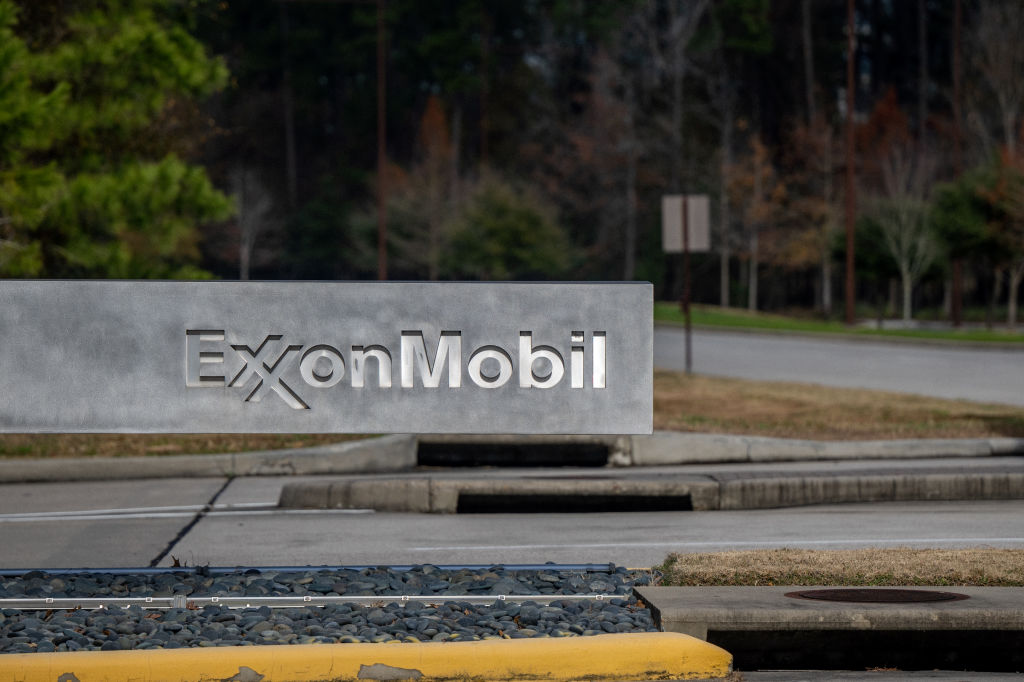ExxonMobil trebles buyback scheme after $3.4bn Russia write-down

Exxon Mobil (Exxon) has trebled its buyback programme, despite suffering a hefty $3.4bn write-down following its withdrawal from Russia.
It is now planning to repurchase up to $30bn in shares by the end of next year.
The energy giant performed below Wall Street estimates in its first quarter, with its adjusted earnings per share coming in at $2.07 – short of the Refinitiv consensus for $2.12 – while it revenues of $90.5bn were also below the consensus forecast of $92.7bn.
Nevertheless, the results reflected a healthy rebound for Exxon amid soaring oil and gas prices, revealing net income of $5.48bn in the first three months of the year, compared with $2.73bn 12 months ago.
Exxon’s writedown follows its decision to exit three large offshore oil and gas fields with operations based on Sakhalin Island on behalf of a consortium of Japanese, Indian and Russian companies – including state-supported Rosneft.
The Sakhalin facilities, which Exxon has operated since production began in 2005, represent one of the largest single direct investments in Russia.
It was one multiple oil majors to exit Russia after the Ukraine invasion, including rivals BP and Shell – which have flagged $25bn and $5bn impairments respectively.
Exxon has been trying to boost output in its primary development areas such as the US Permian basin and Guyana, where it has two major offshore developments.
Alongside the heavy writedown, the company’s refining division posted much weaker results from the previous quarter, with earnings of $332m, compared with $1.5bn in the fourth quarter.
The company said the sharp rise in prices ended up costing $1.3bn of “negative timing impacts,” including $760m in mark-to-market effects on open derivatives positions.
Exxon’s output of crude and other liquids including bitumen and synthetic oil was 2.3m barrels per day, a five per cent drop from the previous quarter.